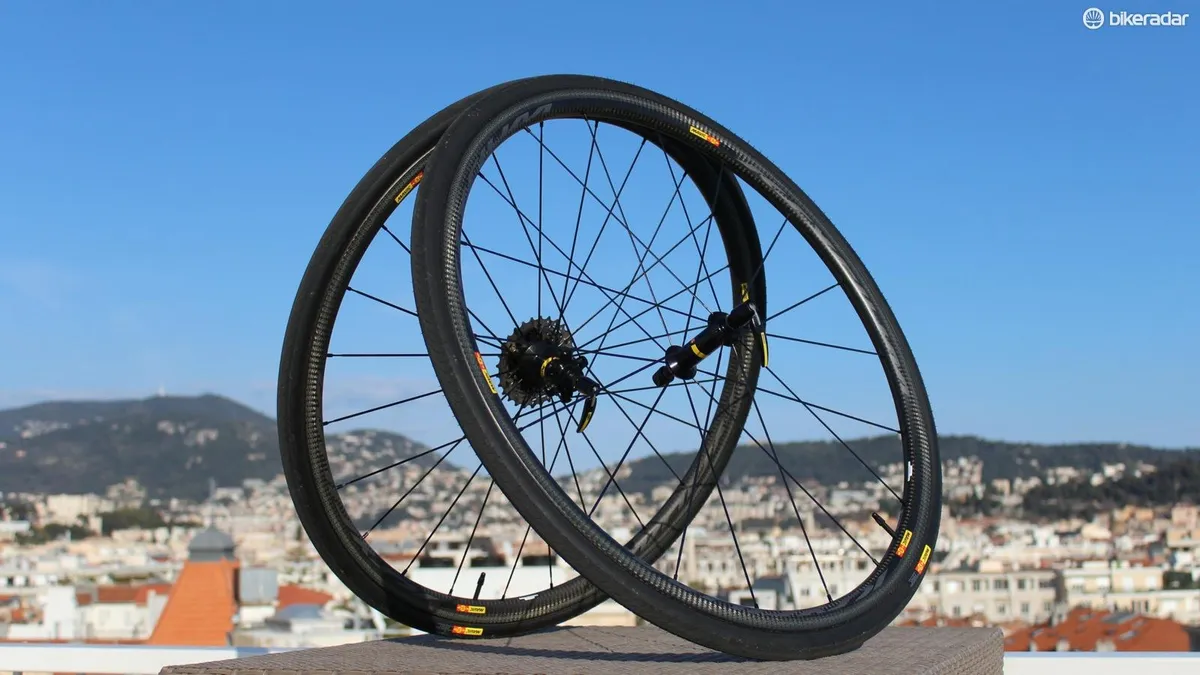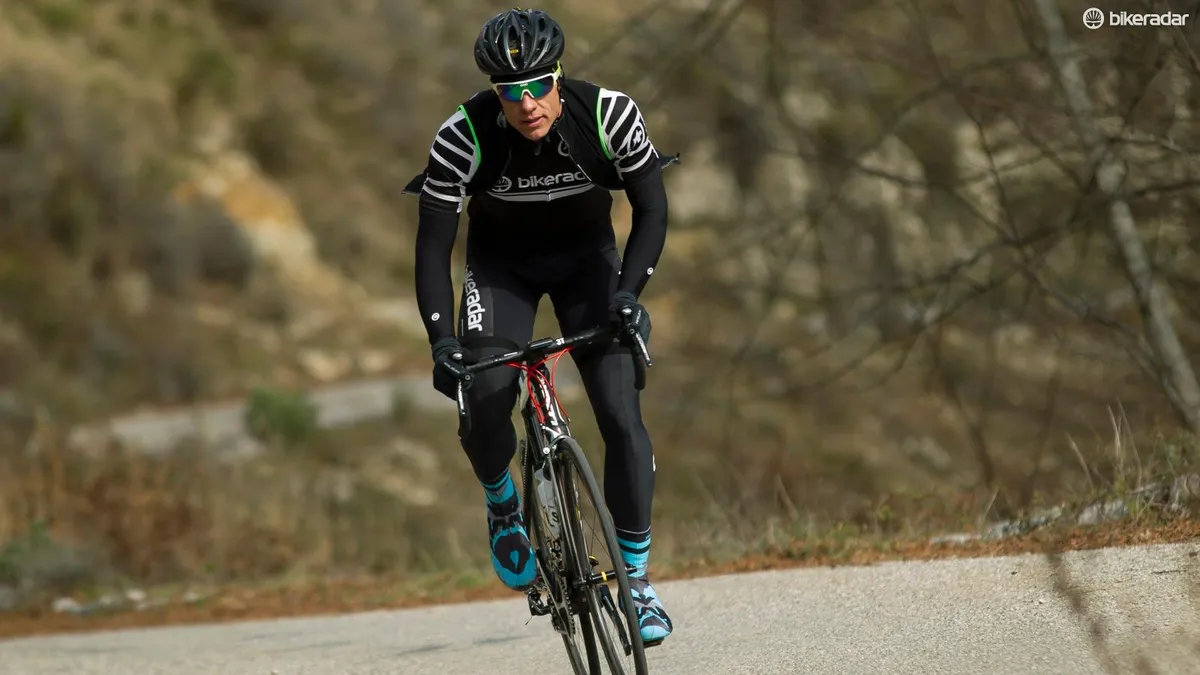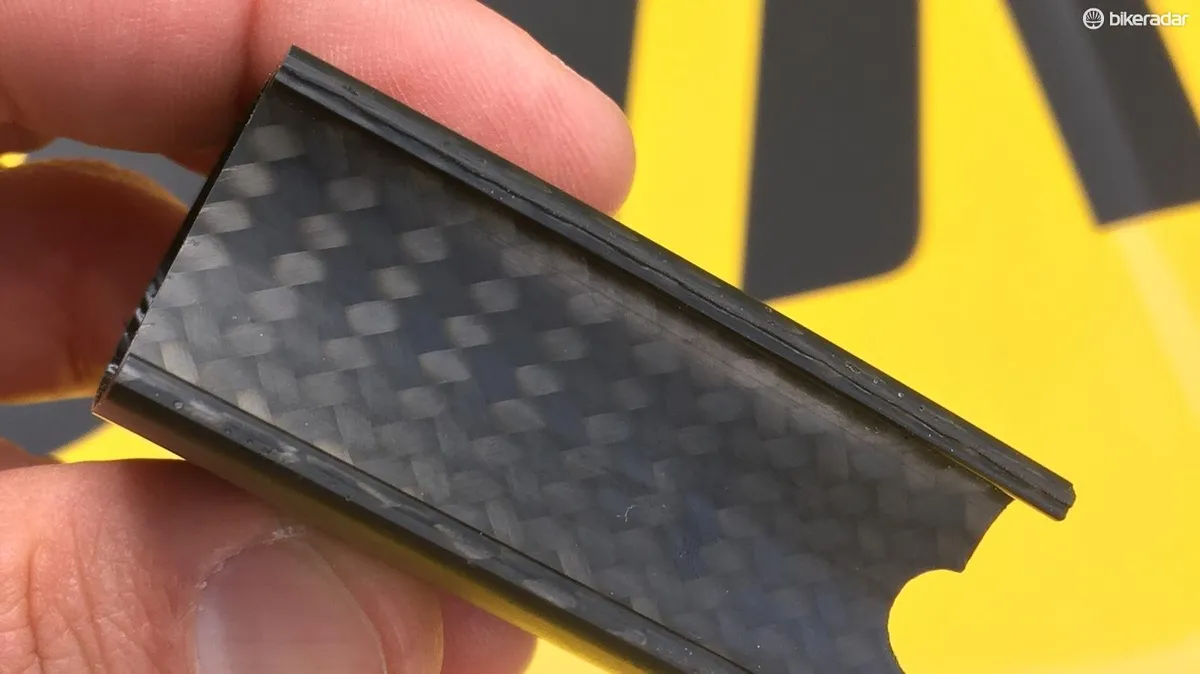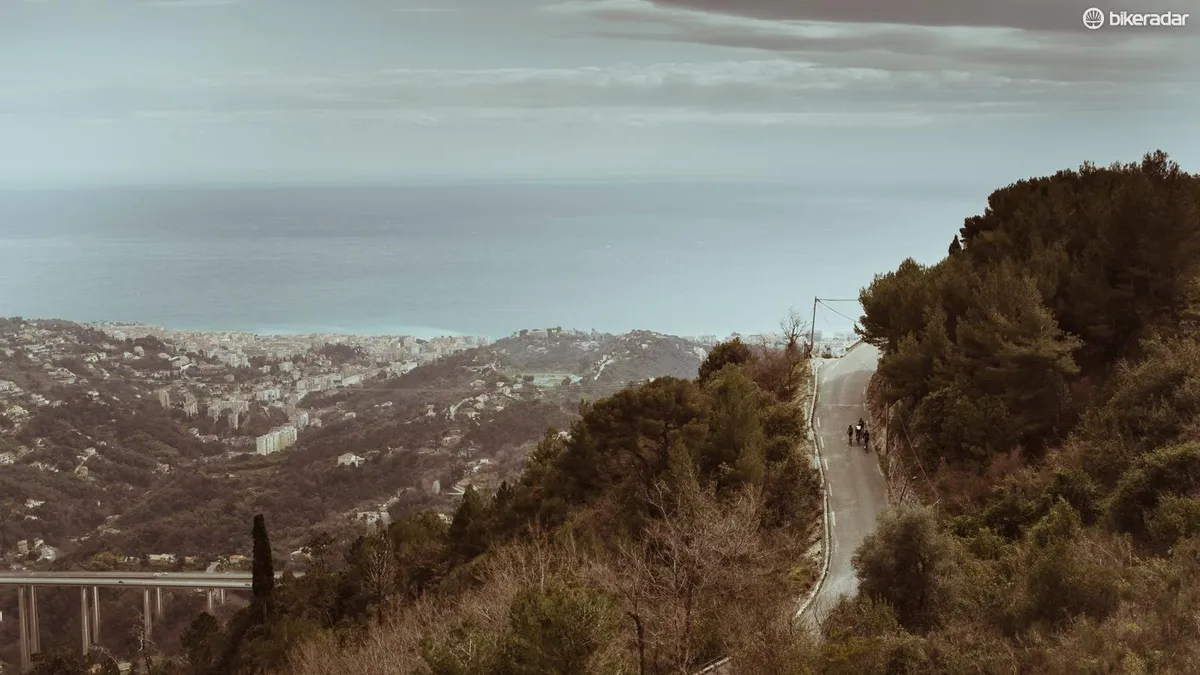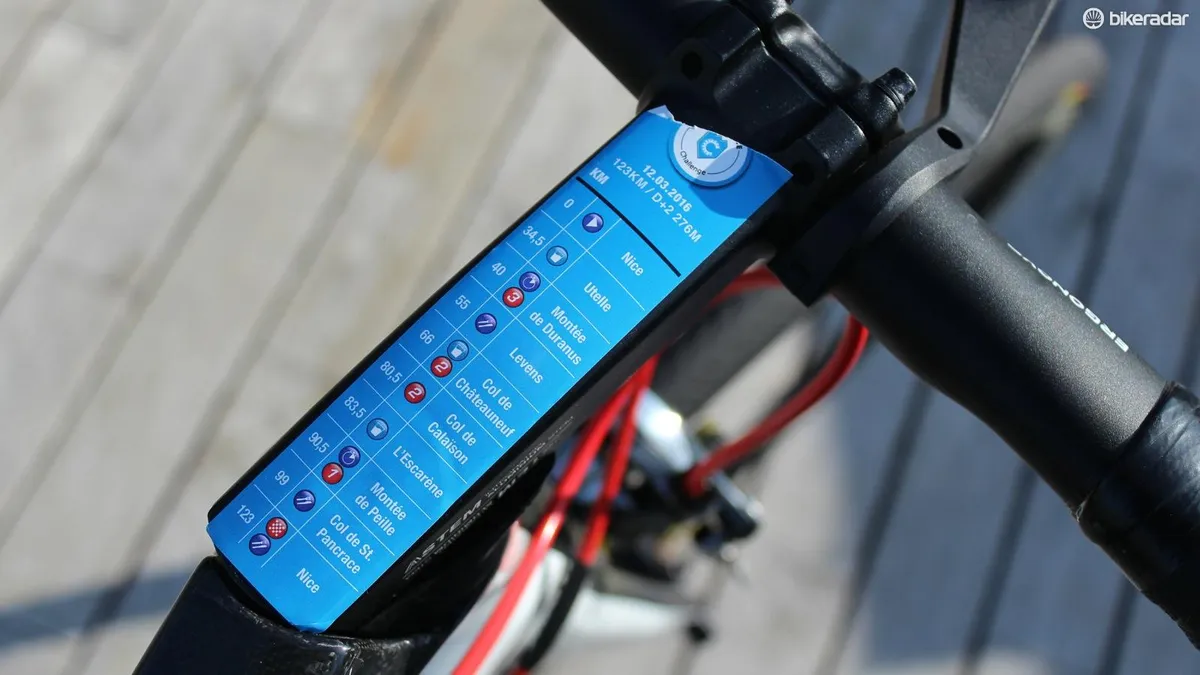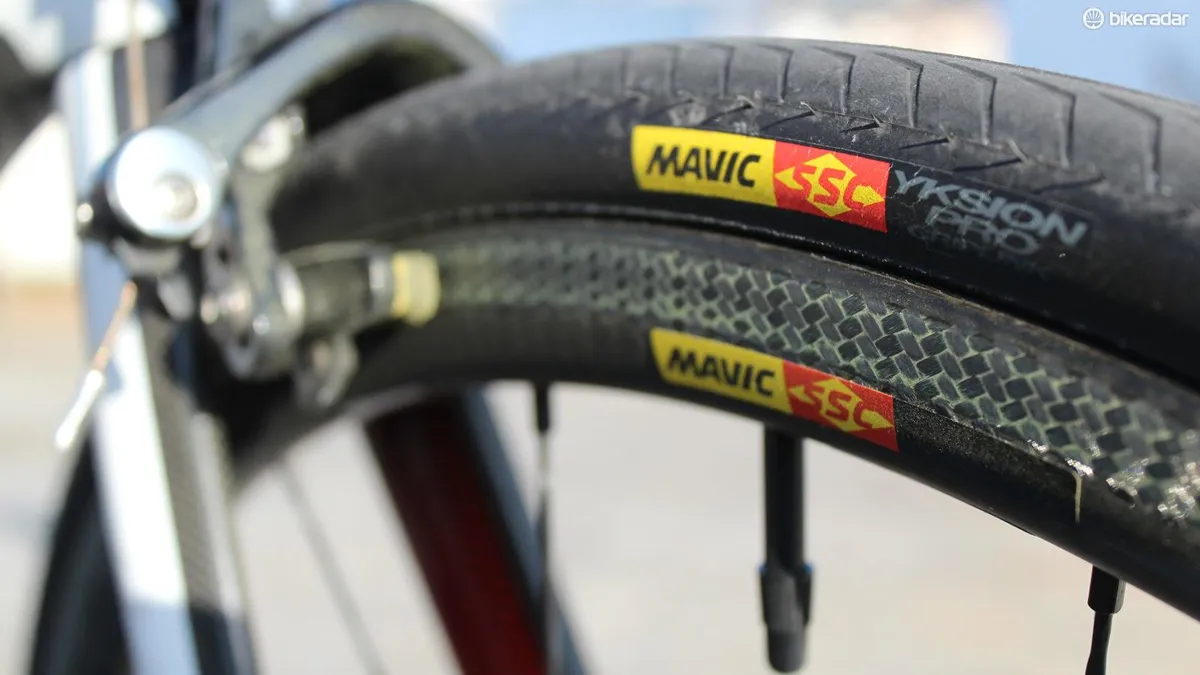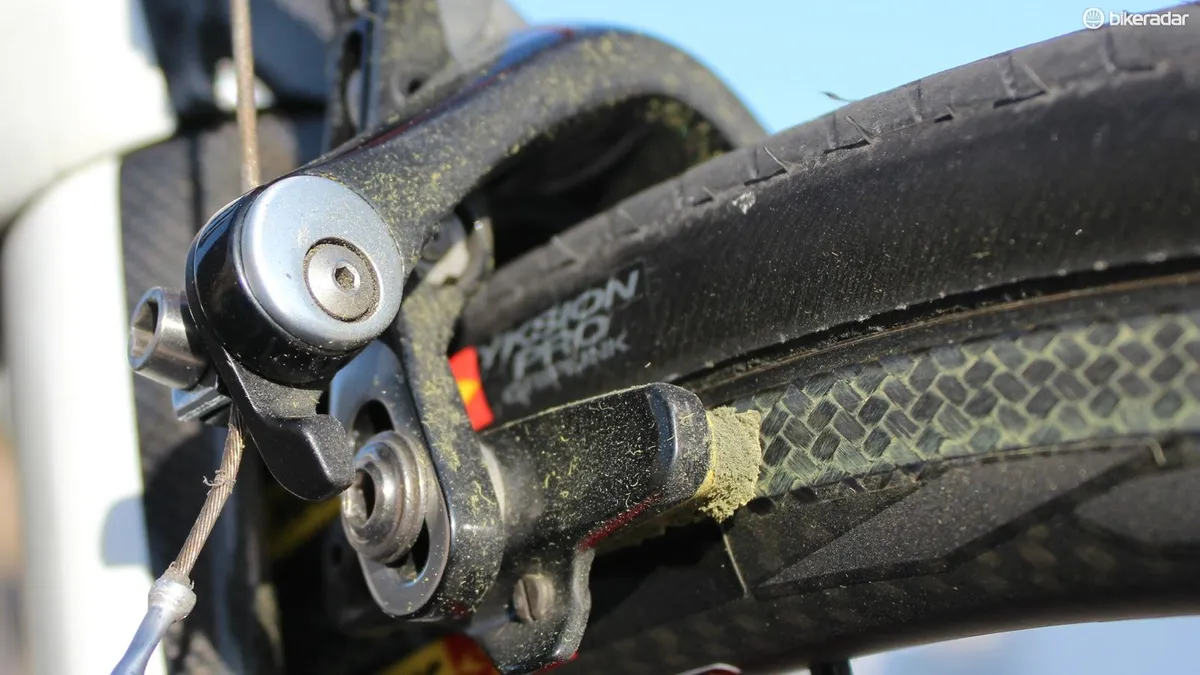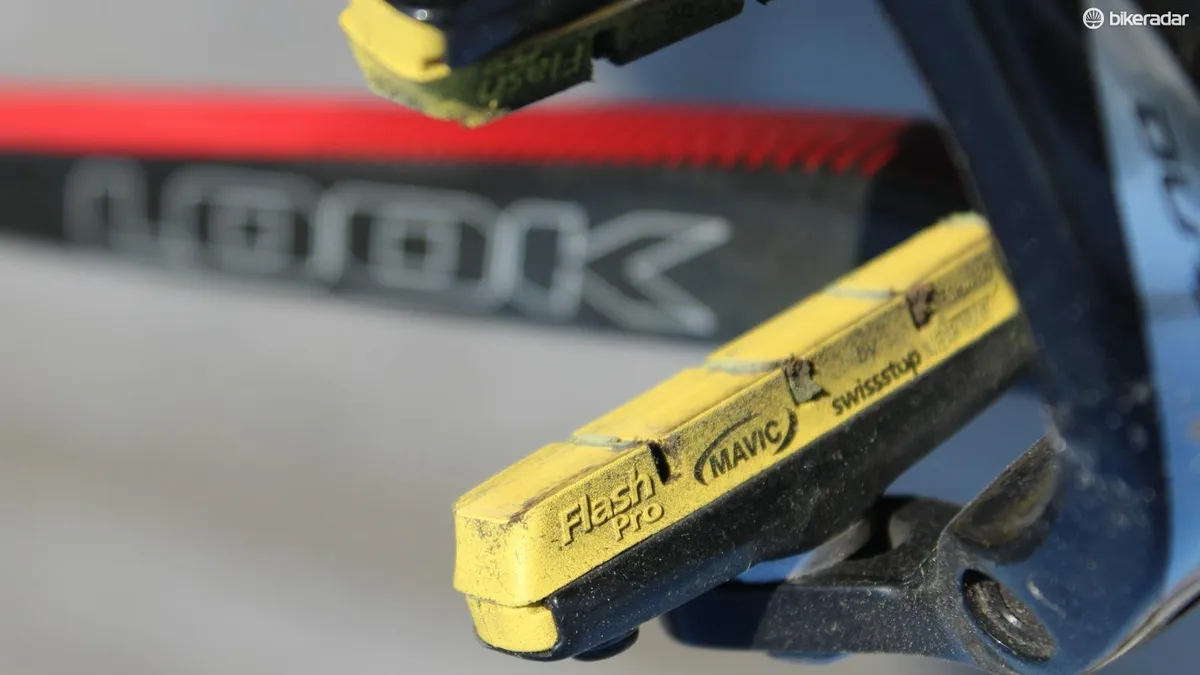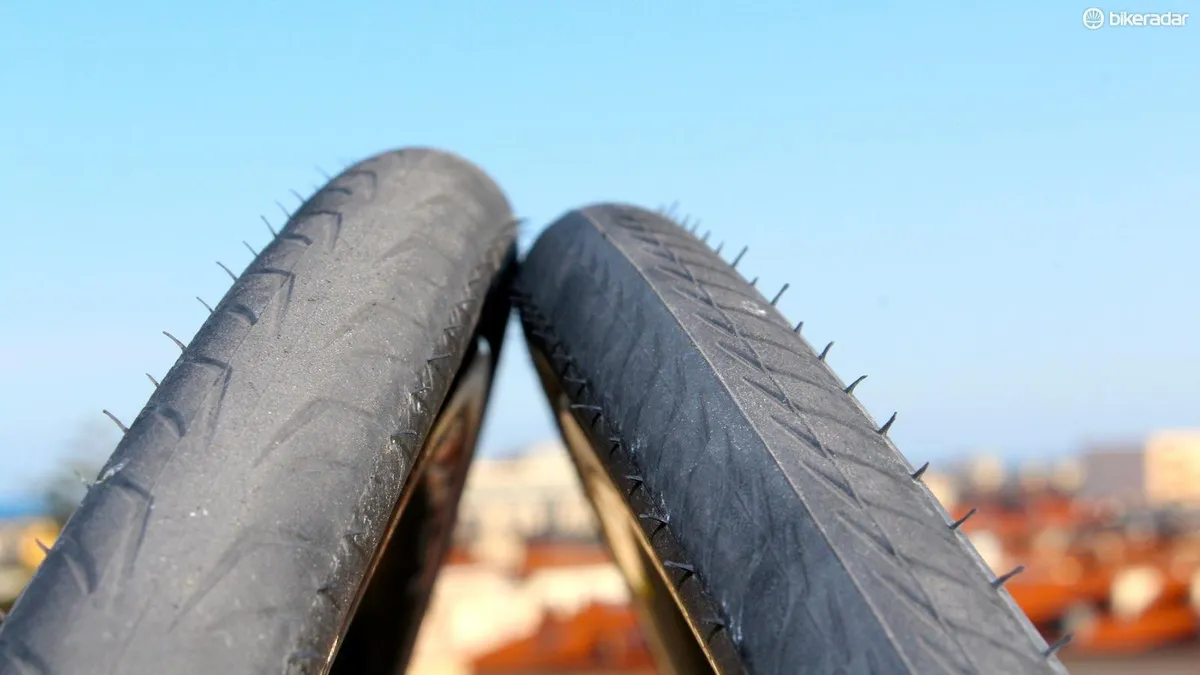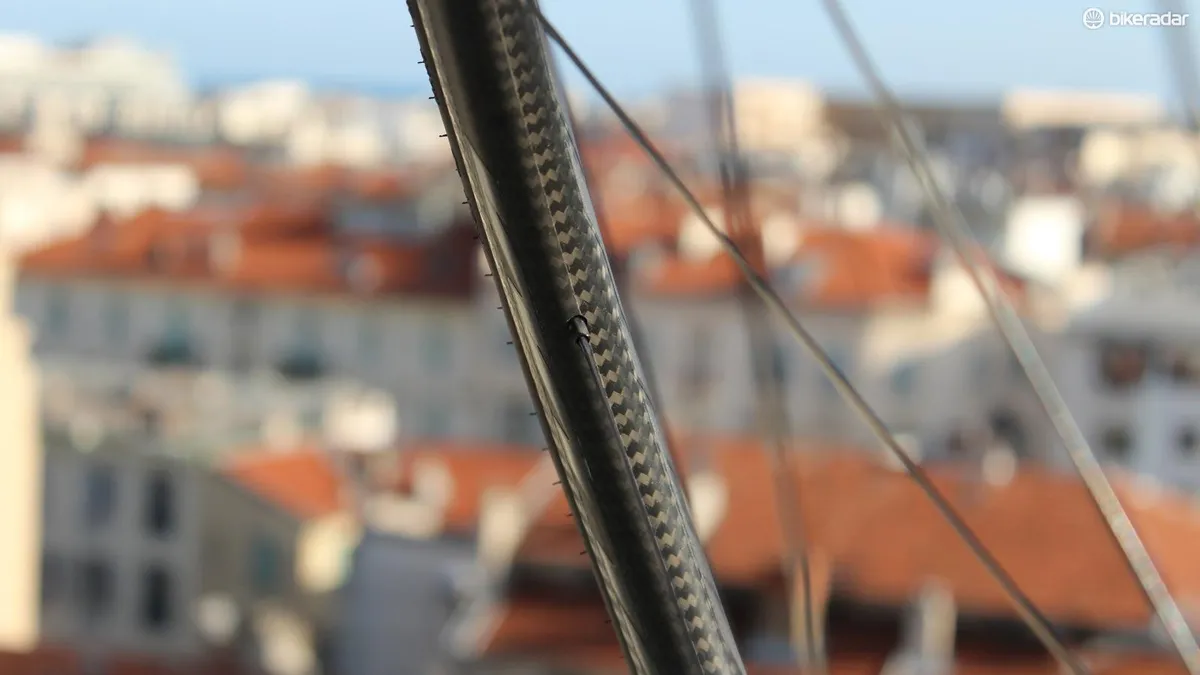It’s taken Mavic a while to produce its first full-carbon clincher, but if three challenging rides are any indication, the wait has been worth it.
The new Mavic Ksyrium Pro Carbon SL C carbon clincher wheelset is light (1,390g) and laterally stiff (40Nm), with a modernly wide rim (17mm internal) and excellent braking, thanks to a laser-machined brake track with a tight tolerance (0.15mm), as well as quick engagement (9 degrees), thanks to a 40-tooth dual-ratchet system in the new hub.
The end result is a set of all-around performance wheels that deliver easy acceleration, confidence in a variety of corners and speeds, and powerful, predicable and – knock wood – squeal-free braking.
Read the full details of the new wheels and their construction here.
Along with other journalists, I tested the wheels in the inaugural Paris-Nice Sportif, held on the course of stage 7 of the pro race in southern France. With 6,000ft/1,829m of elevation change on largely narrow roads, the sportif provided an excellent test course, with a barrage of steep, downhill switchbacks coupled with high-speed arcing descents coming as reward for the ample climbing.
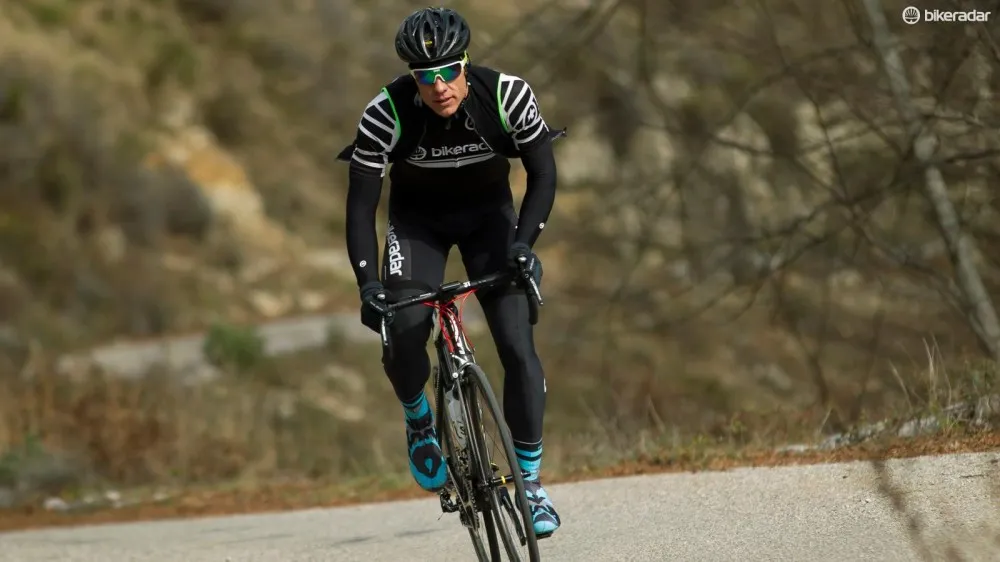
I tested the wheels over 240 miles over three days, with 20,000ft/6,096m of elevation
The prior day, we rode the Col de la Madone, and dialed in our test bikes. Coming down off the Madone, I felt at ease pushing the wheels through fast, sweeping corners, and quick, hard stops were always under control.
All-weather claims
Mavic claims its Ksyrium Pro Carbon brake performance is on par with Zipp’s Firecrest wheels, and I can believe it. (For context, during the first two-and-a-bit months of 2016 I’ve ridden about 2,500 miles on a mix of Firecrest, Easton EC90 SL and Bontrager Aeolus carbon clinchers.)
Mavic also claims that the wheels’ wet-weather stopping distance is nearly identical to that in the dry — and measurably better than that of its competitors.
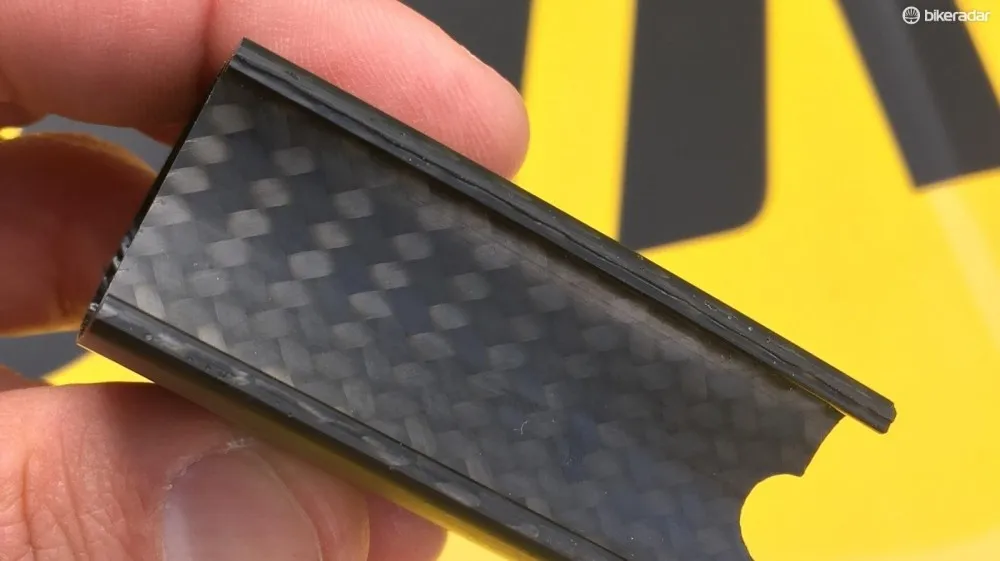
The new wheels use layers of seamless bead-to-bead carbon on the inside of the rim
Three things stand out about the braking: it’s powerful, it’s super consistent and there is no lousy screeching like you get on so many carbon wheels under heavy braking.
Especially on the first ride, a fine yellow dust from the Mavic/SwissStop Flash Pro pads was kicked up onto the brake calipers and frame. While not tidy, I welcomed the grit as proof of positive braking. (Mavic prefers the relatively softer Flash Pro pads to the newer but harder Black Prince pads.)
In the sportif, I got the chance to push the envelope with hard braking. Dropping more than 1,300ft/400m off the Col de Châteaneuf, for instance, I jammed on the brakes into no less than 15 switchbacks, then accelerated out of the 180-degree bends, as I struggled to catch back on to the front group that had dropped me on the climb. It was easy to apply and modulate last-second power with a single finger on each lever.
Where's the squealing?
In each of these hard-braking instances, and throughout all three days of riding, the sound was always a videogame-esque tonal drop. This applied not just to my wheels but to those of the approximately 30 journalists on hand. I can tell you, this often isn’t the sound of group carbon wheel tests, and my fellow non-journalist sportif riders provided more than a few squealing reminders of that.
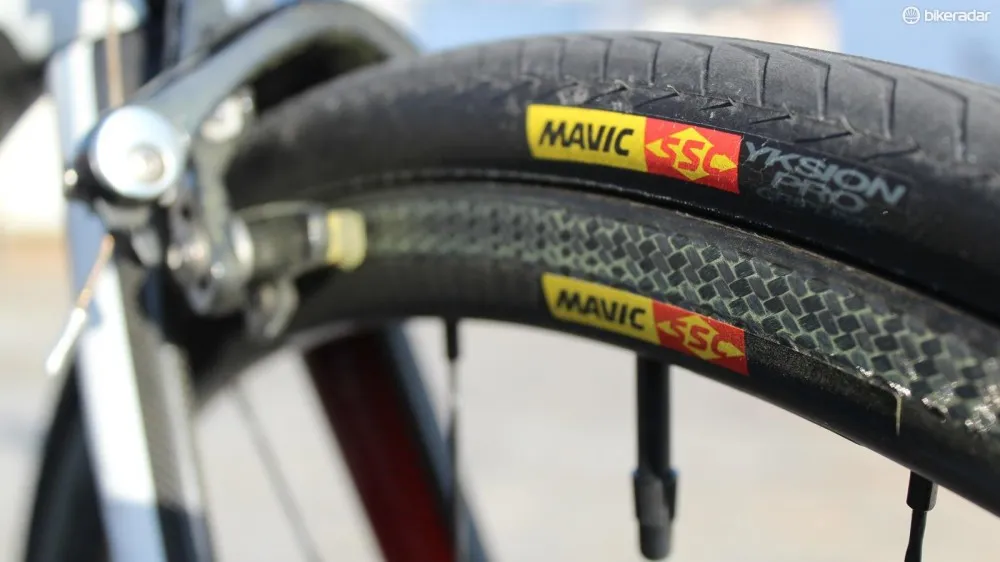
Mavic laser-machines the brake track to remove resin, contributing to very positive and consistent braking
On a third day of riding, I got to test the braking on steep switchbacks in a light rain. Stopping power and modulation remained seemingly the same as in the dry. While not a downpour, the conditions were very encouraging as to the brake track’s capabilities.
In terms of acceleration, the wheels are downright eager to wind up. Mavic product manager Maxime Brunand said the challenge is to tension wheels tight enough to stand up to sprinting forces but not so tight that the wheel becomes uncompromising to vertical blows from holes and such. Again, the sportif was a great testing ground. While not a race, the event is spirited enough to get the competitive juices going, and I was sprinting out of many corners to stay on the wheel. On a Look 695, responsiveness was great and the brakes never rubbed.

The Kysrium Pro Carbon SL C has a wide stance, with 17mm internal width, a 25mm brake track and a snub-nosed spoke bed
As with all first-ride reviews, we will update this to a full review if and when get more time on the product. That said, with 230+ miles and 20,000ft/6,096m of elevation on them, I feel confident in the ride quality; it’s just a question of performance in the pouring rain and long-term durability that will need to be sussed out.
